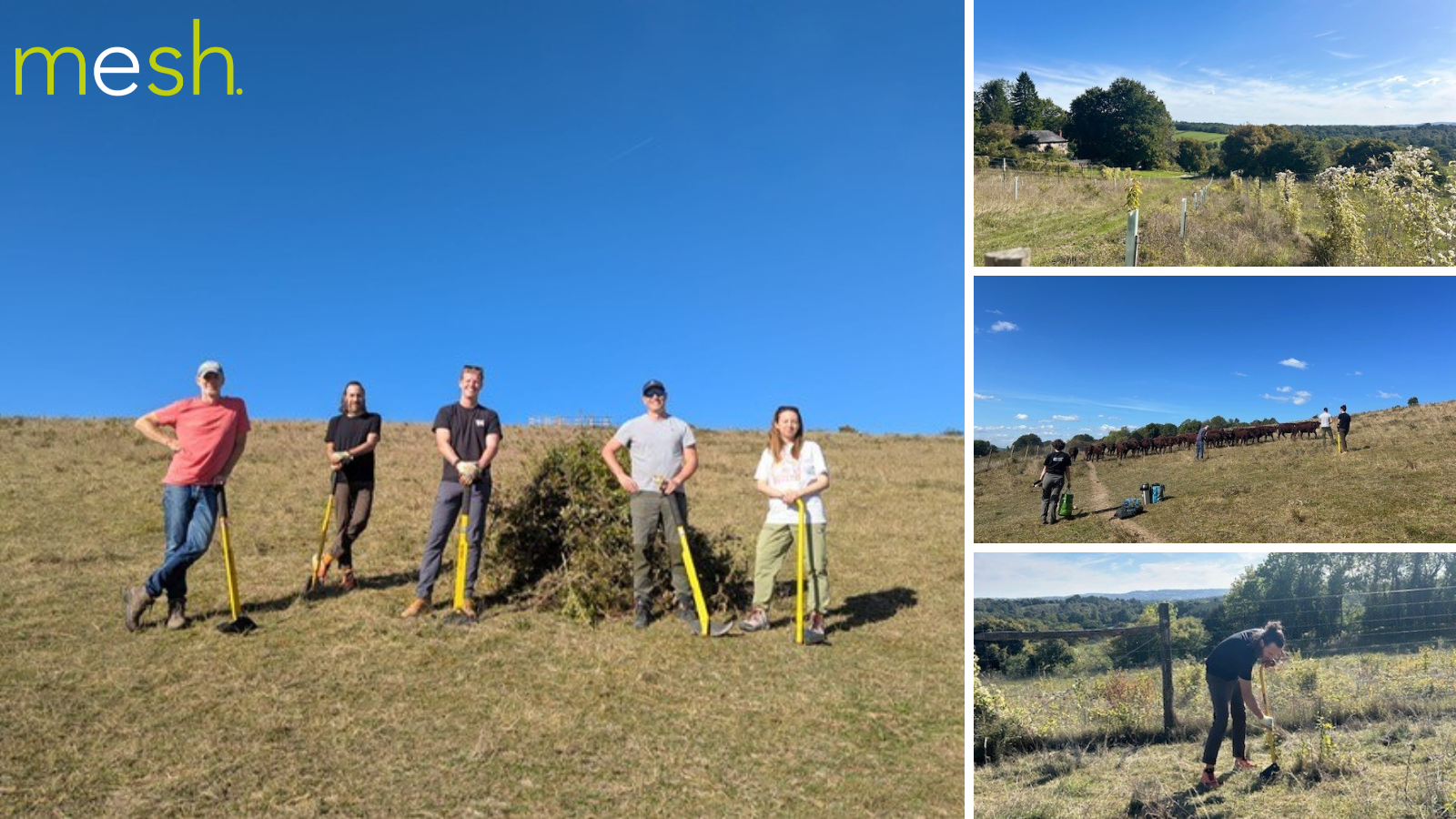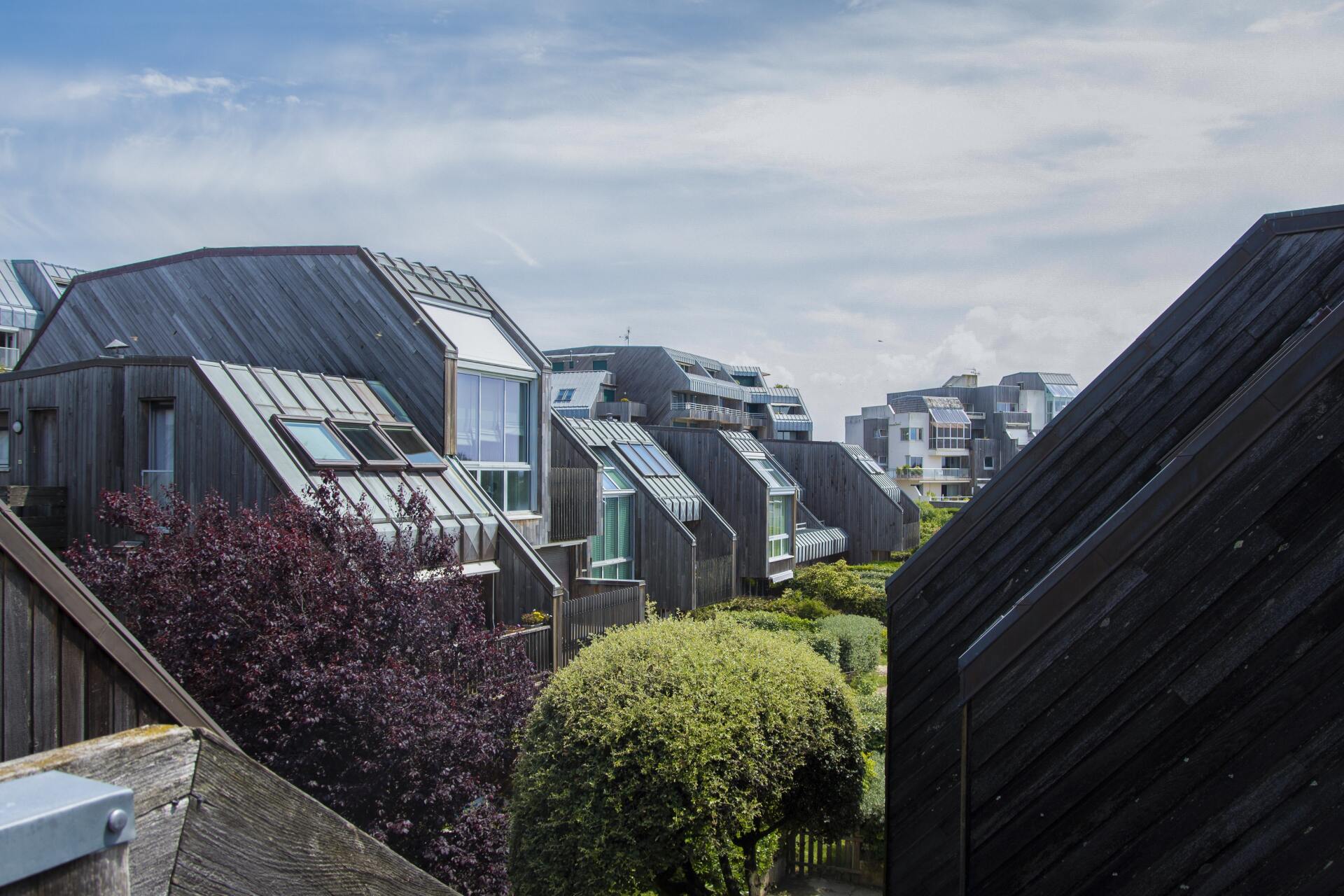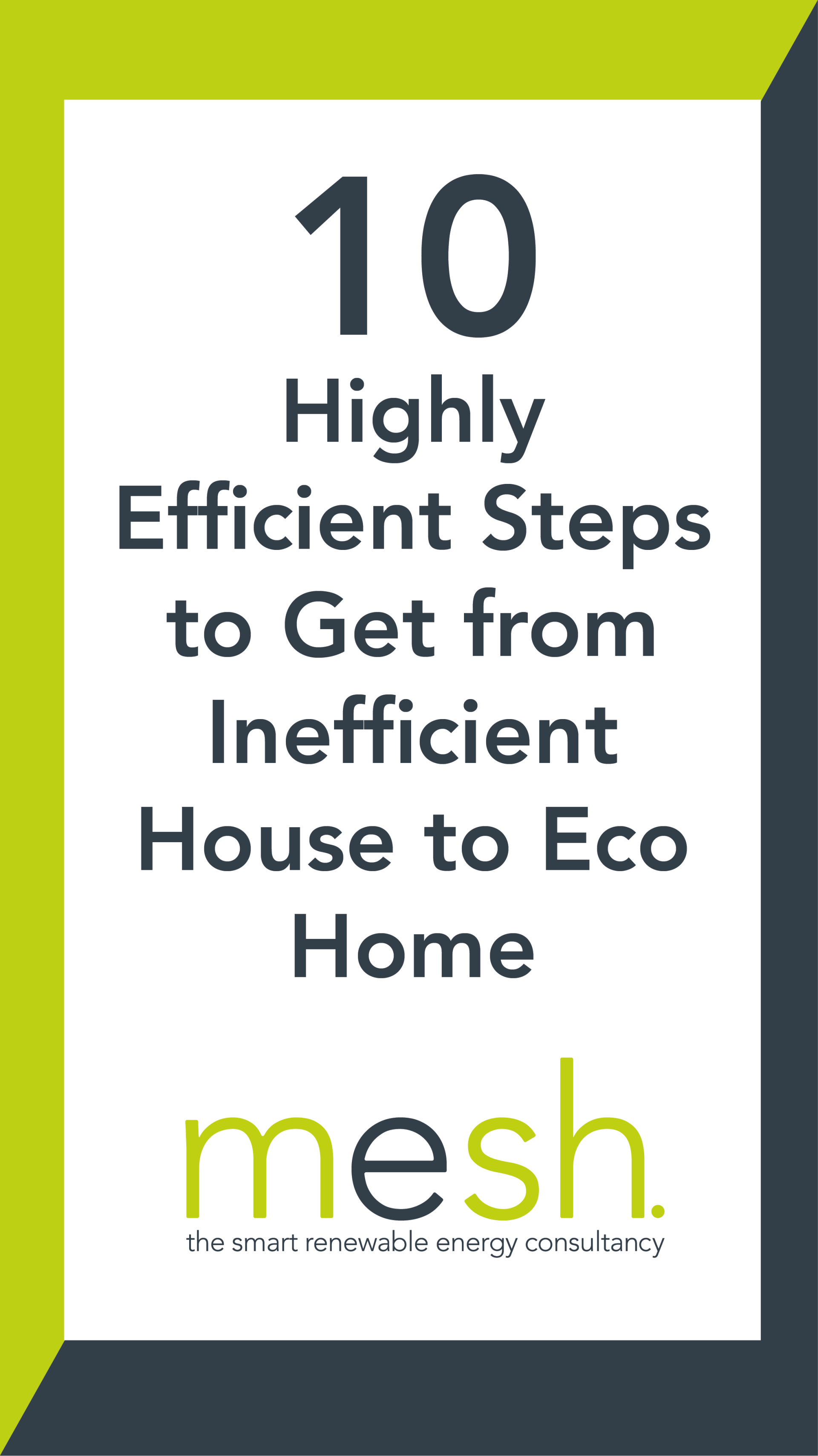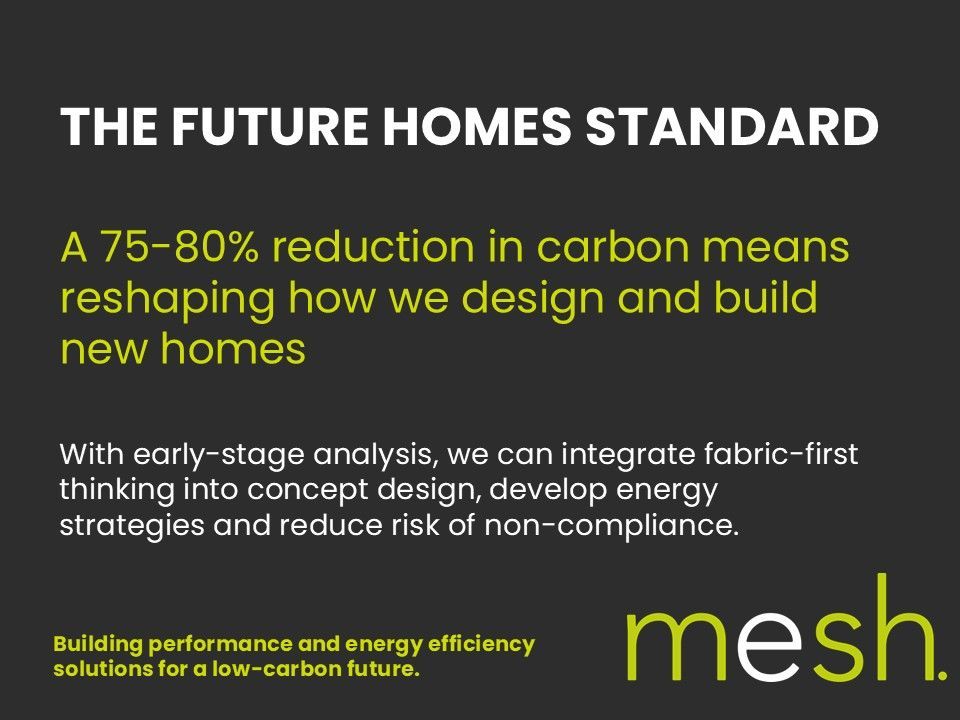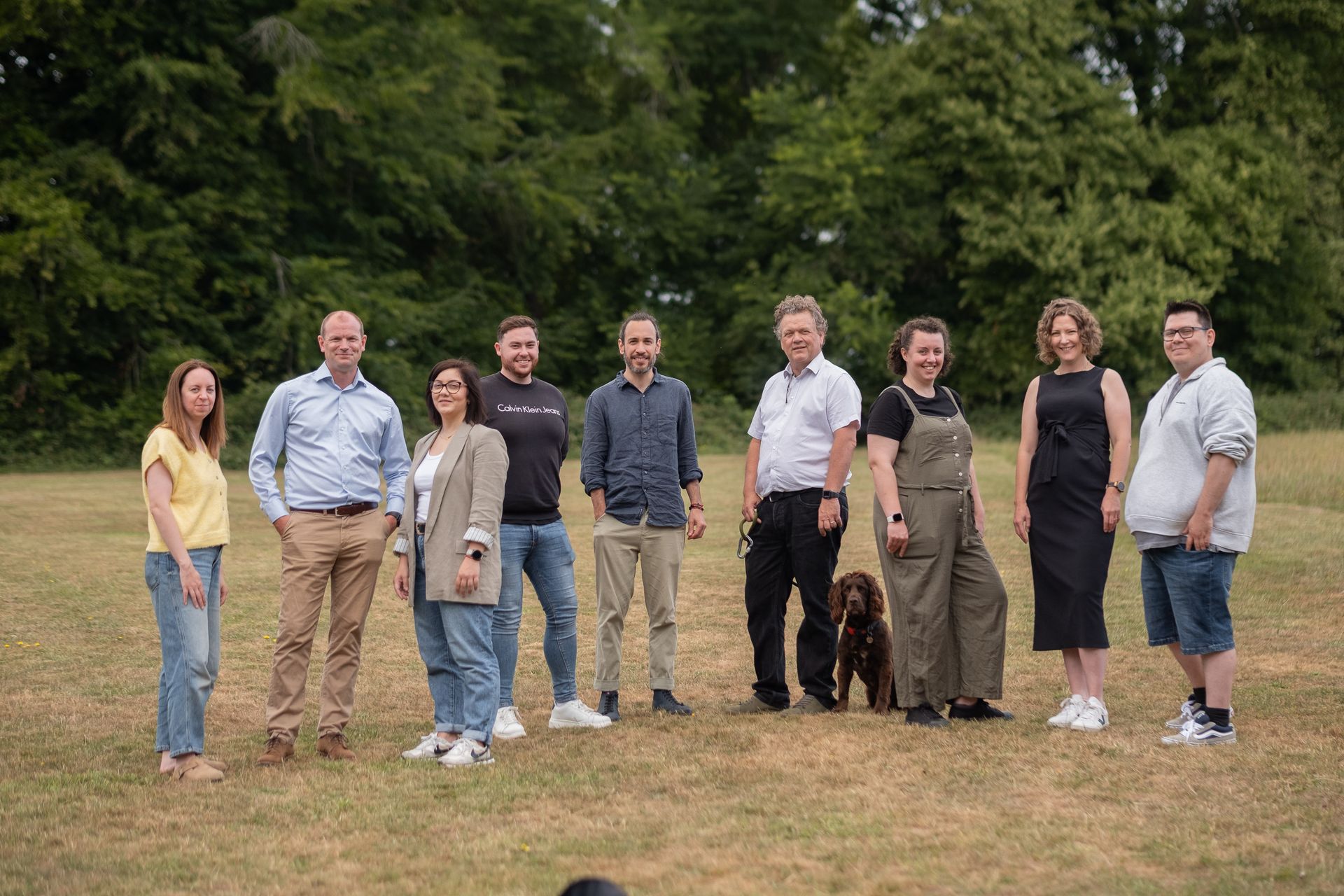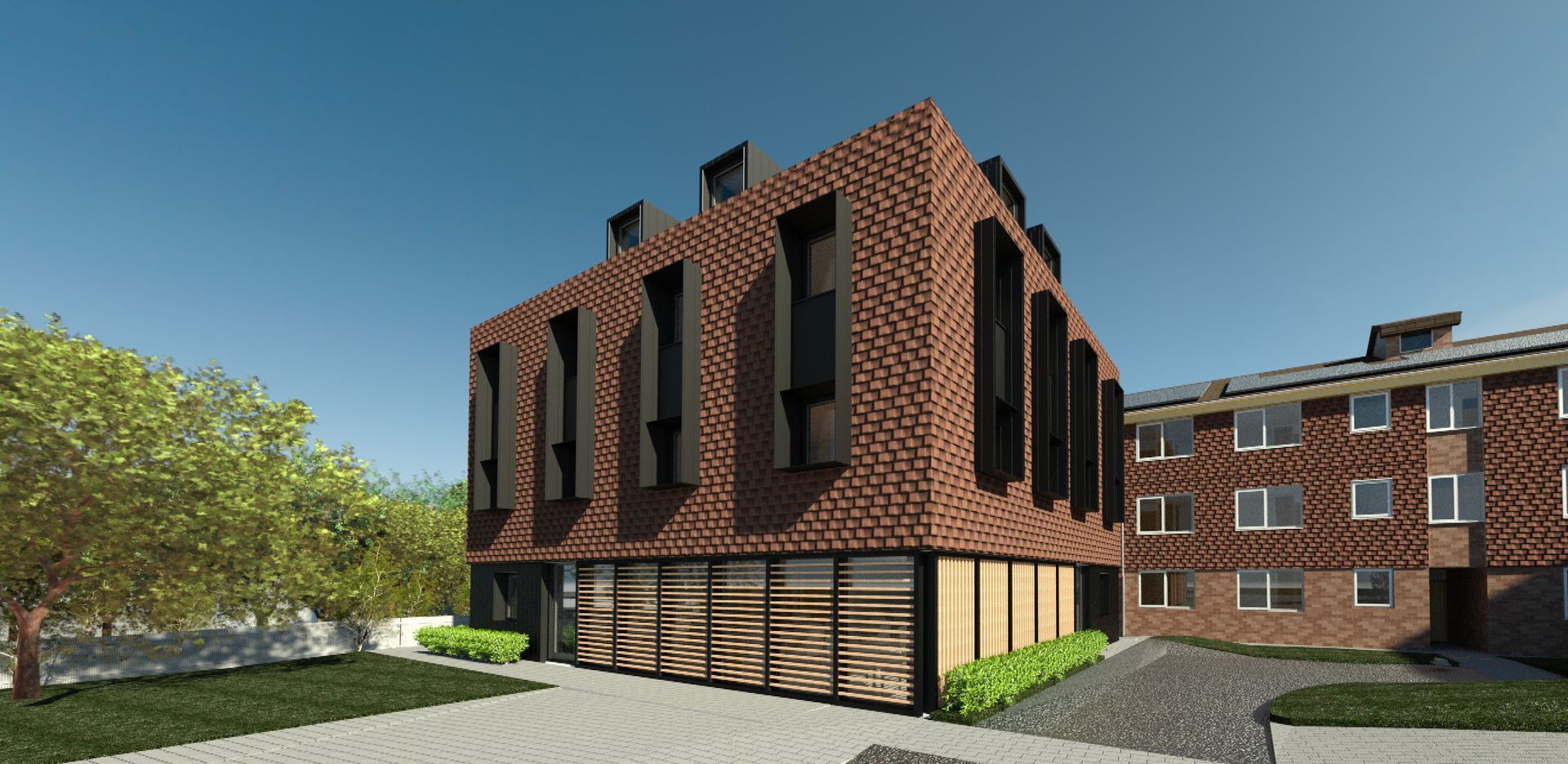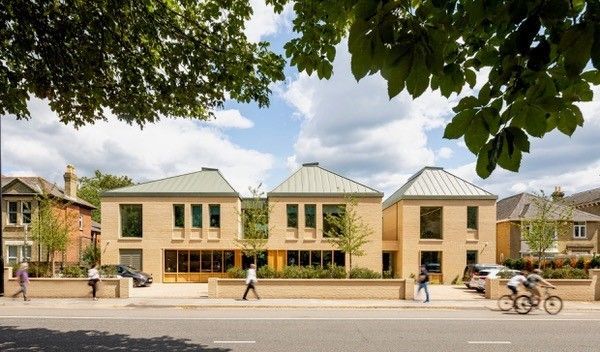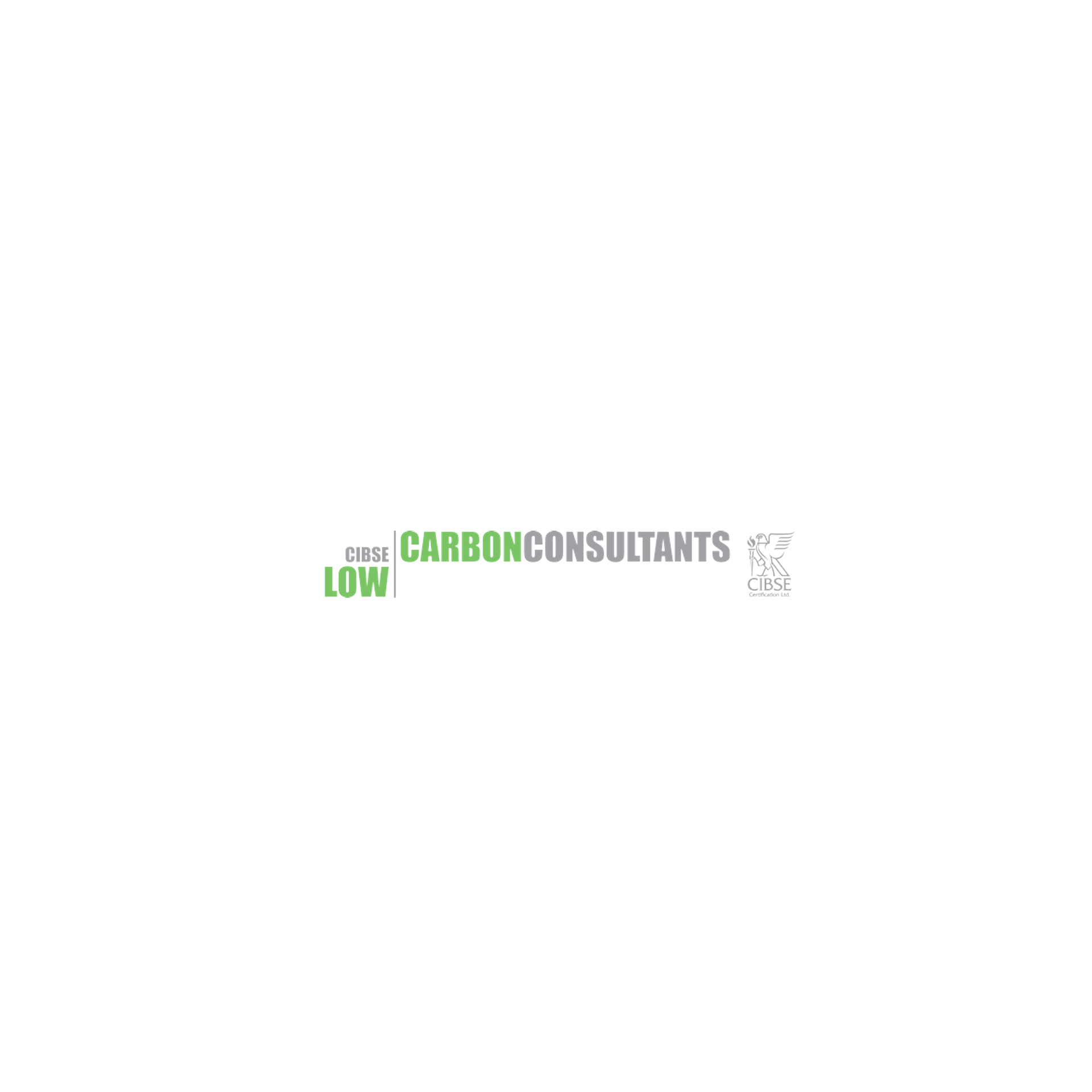10 Highly Efficient Steps to Get from Inefficient House to Eco Home
The dream of being able to turn your existing home into a cost effective, snug and wholly comfortable eco home is neither one that happens overnight, nor will it come for free. But there are some measures that outperform the rest and they can quickly help you save money and improve your situation. If you know someone who is interested or who would benefit from implementing these suggestions in their home, please share this post with them using the buttons at the bottom.
Your dream eco home in 10 easy steps
Your quest for a dream low energy home may not come easily.
There are lifestyle changes to be made that might take some negotiation with those in charge of cooking and laundry! Of course, every home is different and how you prioritise the ideas below will reflect this.
Here are Mesh Energy's Top 10 most effective measures you can take to fast turn your existing home into an environmentally sound one to be proud of:
Step 1: turn the heating thermostat down
Roughly speaking, every additional 1 degree you set your home thermostat to you are paying another 5% more on your annual heating bills than is necessary. Make absolutely sure you have a comfortable temperature for the house and don’t mess around adjusting the stat every day.
COST: Free!
Step 2: heat rooms cleverly
All of your rooms should have rads or underfloor heating with individual temperature control. If not, get it. Then you can turn rooms not in use down to around 16 Celsius and not waste heat on rooms you don’t occupy.
COST: Free!
Step 3: reduce heating at night
This is a biggie that a lot of people miss. Most home controllers will allow you to reduce the temperature of the heating system at night by a few degrees or turn it off. DON’T leave your heating on all night. Turn it down and make sure it recovers the few degrees lost by the time you wake up.
COST: Free!
Step 4: put some clothes on!
This may sound a little glib, but honestly, just one more layer of clothing and you could knock the temperature of your thermostat (Step 1) down by a degree or more. It's so simple, but weigh up whether walking around in your pants in the depths of winter is worth the cost!
COST: Free!
Step 5: improve loft insulation
It’s rare today that people have no loft insulation installed but compared to modern regulations almost everybody would benefit from topping it up. Modern building regulations suggest almost 300mm of fibreglass insulation to keep your home snug and once it’s done you can forget about it. Most homes can be treated for less than £500 and you’re likely to get your money back within 2-3 years.
COST: £100-£200
Step 6: target draughts and open chimneys
In older properties in particular, this is a real cost saver, especially for those with open chimneys. Draughts can account for around 15% of a standard energy bill, more so for older properties. Simple draught proofing seals, tape and chimney balloons can recoup the cost within a year and cut down wasted energy that is literally going up the chimney.
COST: £10-£100
Step 7: stop using your tumble dryer
Many people use tumble dryers and they are a convenience. But most people spend around £150 per year drying clothes, so if you can find space to naturally dry clothes then you’ll immediately be quids in!
COST: Free!
Step 8: change to LED lighting throughout the house
LED lights are dropping in price and some can be bought for less than £10 online. If you occupy the house during the day or have areas in the home that are used all the time with lots of lights then this measure is a no-brainer. Depending on usage, this typically costs less than £300 to implement, but you could realistically get your money back within the first year.
COST: £100-£300
Step 9: install low-flow shower heads
This is also a measure that will return the investment within the first couple of years. Installing replacement shower heads that aerate the water and give you the same shower feeling whilst using 25% less water can be bought for around £25 each.
COST: £100-£300
Step 10: start collecting rainwater
This low-cost modification is best for avid gardeners. Properly collected, the savings on metered water could be considerable. A simple plastic barrel and guttering and you're away!
COST: £50-£100
The cumulative effect of these 10 steps is massive. Even if you haven’t got much to spend, you can still make a big impact on your energy bills starting straight away. So, what are you waiting for!?
If you still have any questions about eco home efficiencies,
please don't hesitate to
contact the Mesh team today.
SHARE THIS POST WITH YOUR NETWORK


